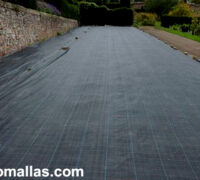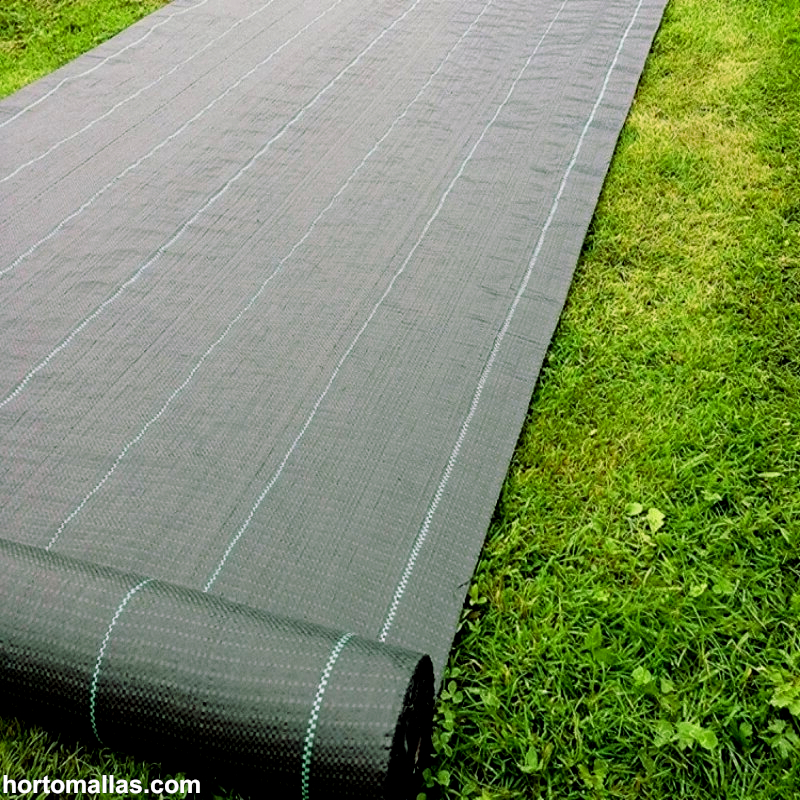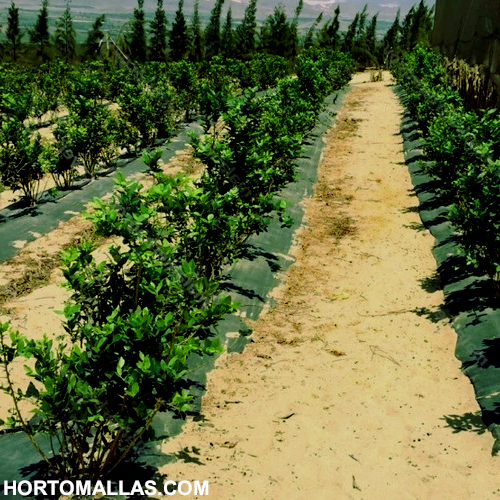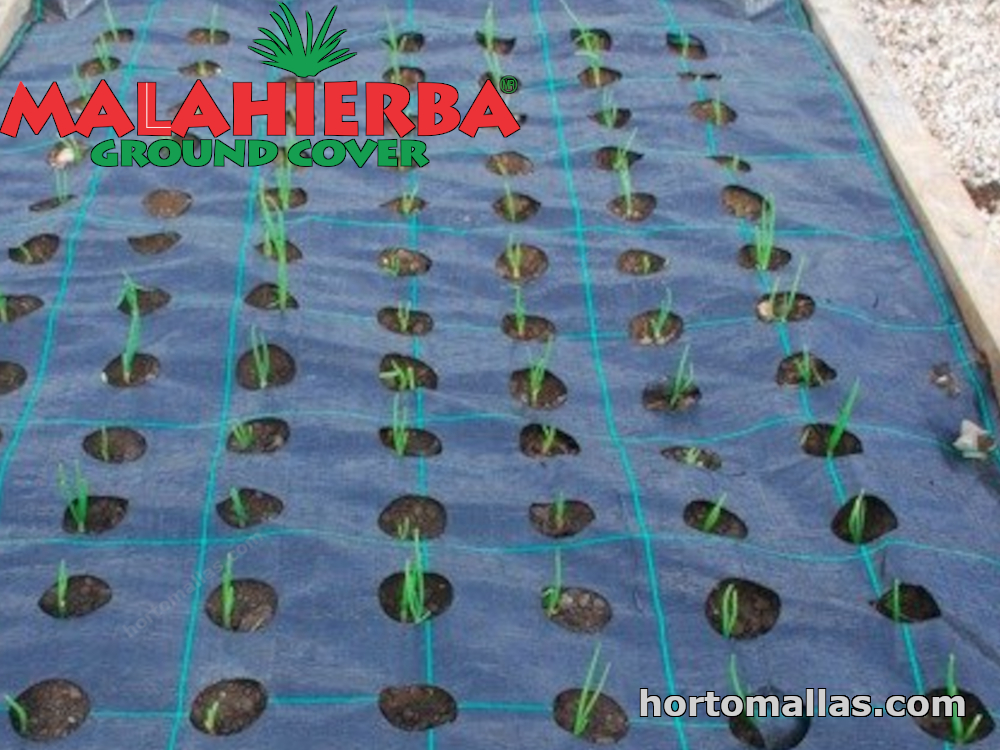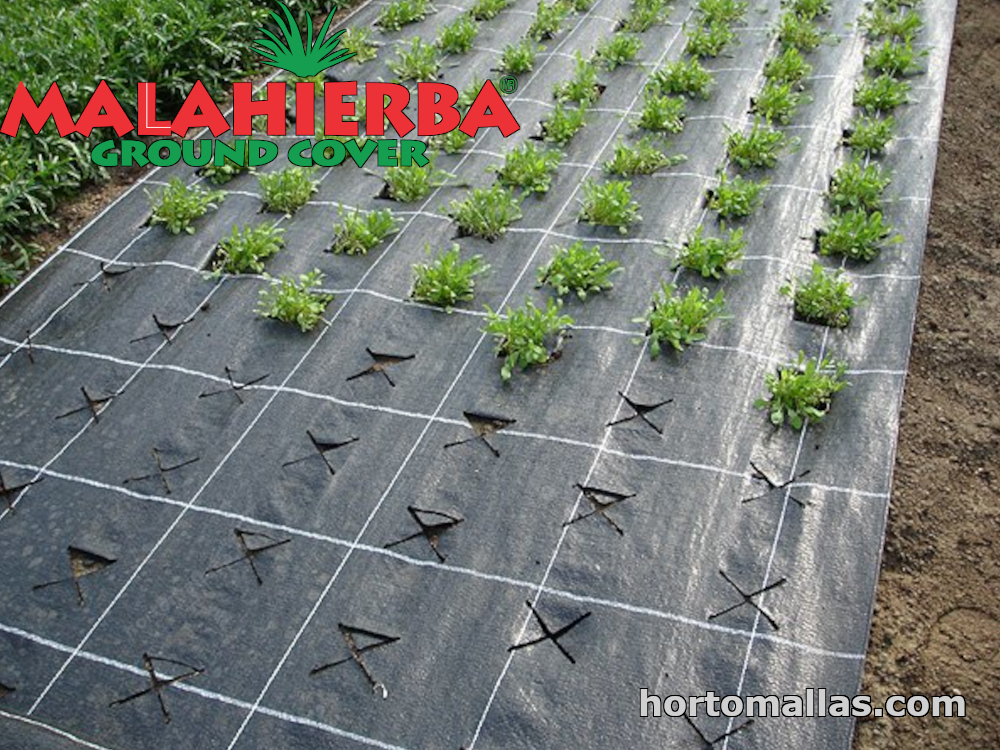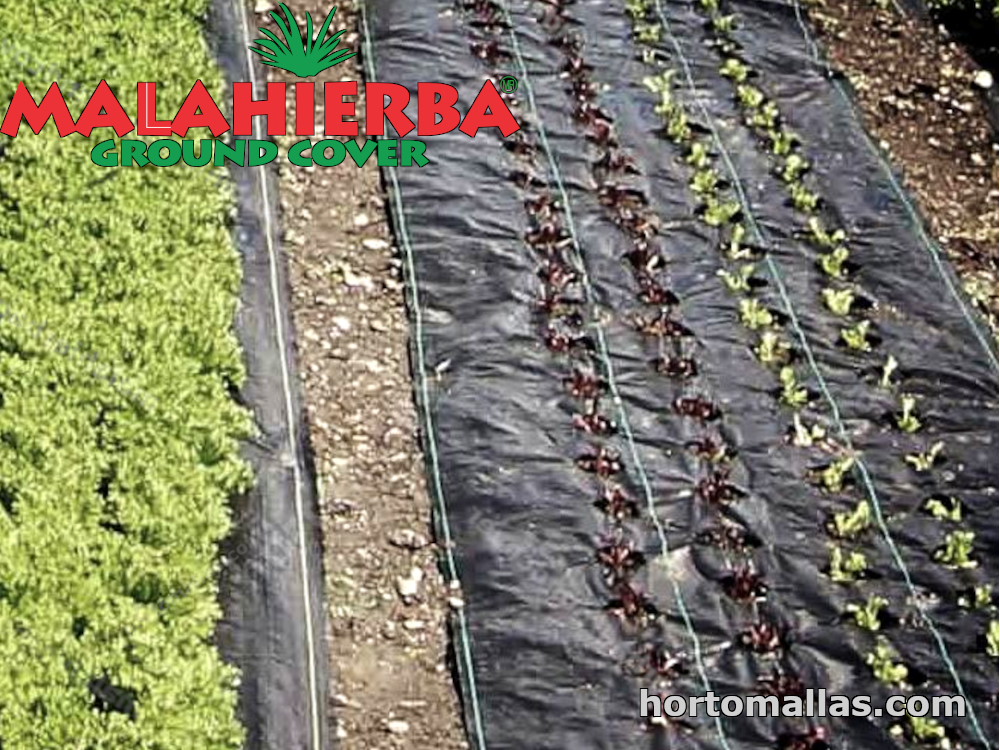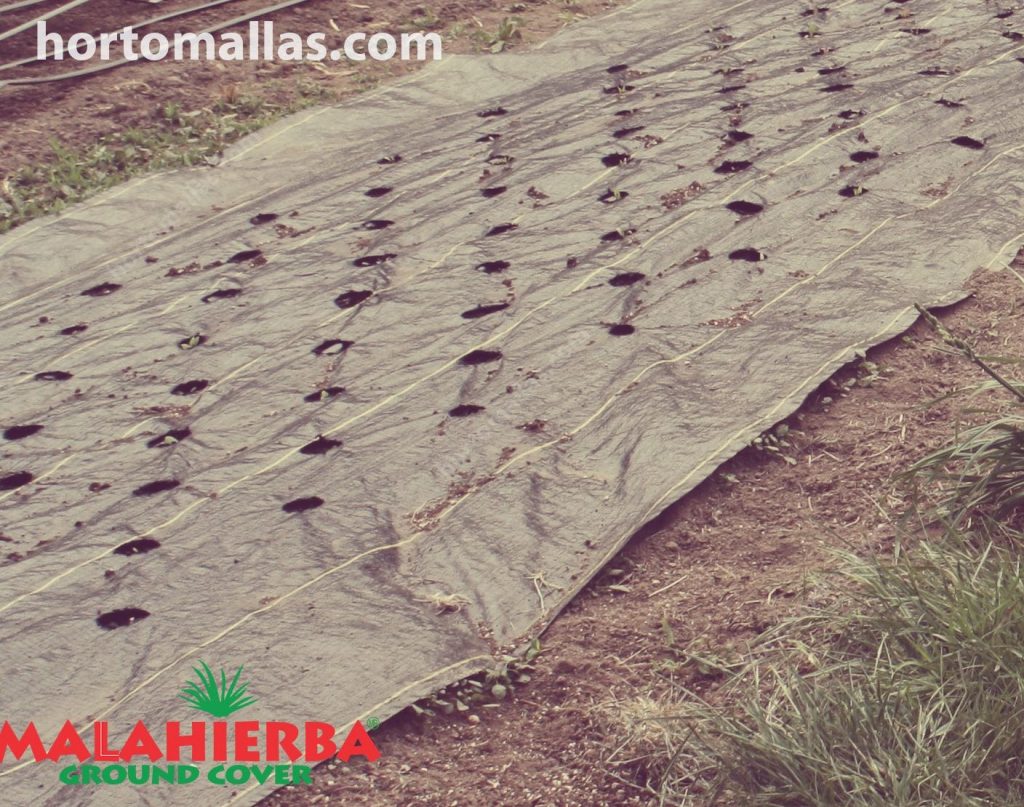The use of anti-weed cloth, or weed-proof fabric, is becoming increasingly popular among farmers.
Who are looking for a more effective way of controlling the growth of weeds in their crops. The fabric works by providing an effective barrier between the soil and the crop. Preventing weeds from taking root and growing. The fabric is usually made from a synthetic plastic material and is design to be laid over the top of the soil and secure with staples or stones. This prevents any weed seeds from germinating and taking root in the soil. And also prevents any existing weeds from growing and competing with the crop for resources. There are several advantages to using anti-weed cloth. Firstly, it is a more cost-effective solution than using chemical herbicides or manual weeding methods.
The cost of the fabric is much less than the cost of herbicides. And it can be reuse year after year. Additionally, it is much less labour-intensive than manual weeding, and can be laid down relatively quickly. This makes it ideal for large-scale farming operations where speed and efficiency are essential. Secondly, anti-weed cloth is much more effective than manual weeding or chemical herbicides in controlling weed growth. The fabric is designed to be tightly woven. So it prevents any weed seeds from germinating and any existing weeds from growing. This makes it much more effective than manual weeding. Which often only removes the top few inches of weeds and does not prevent any new weeds from growing.
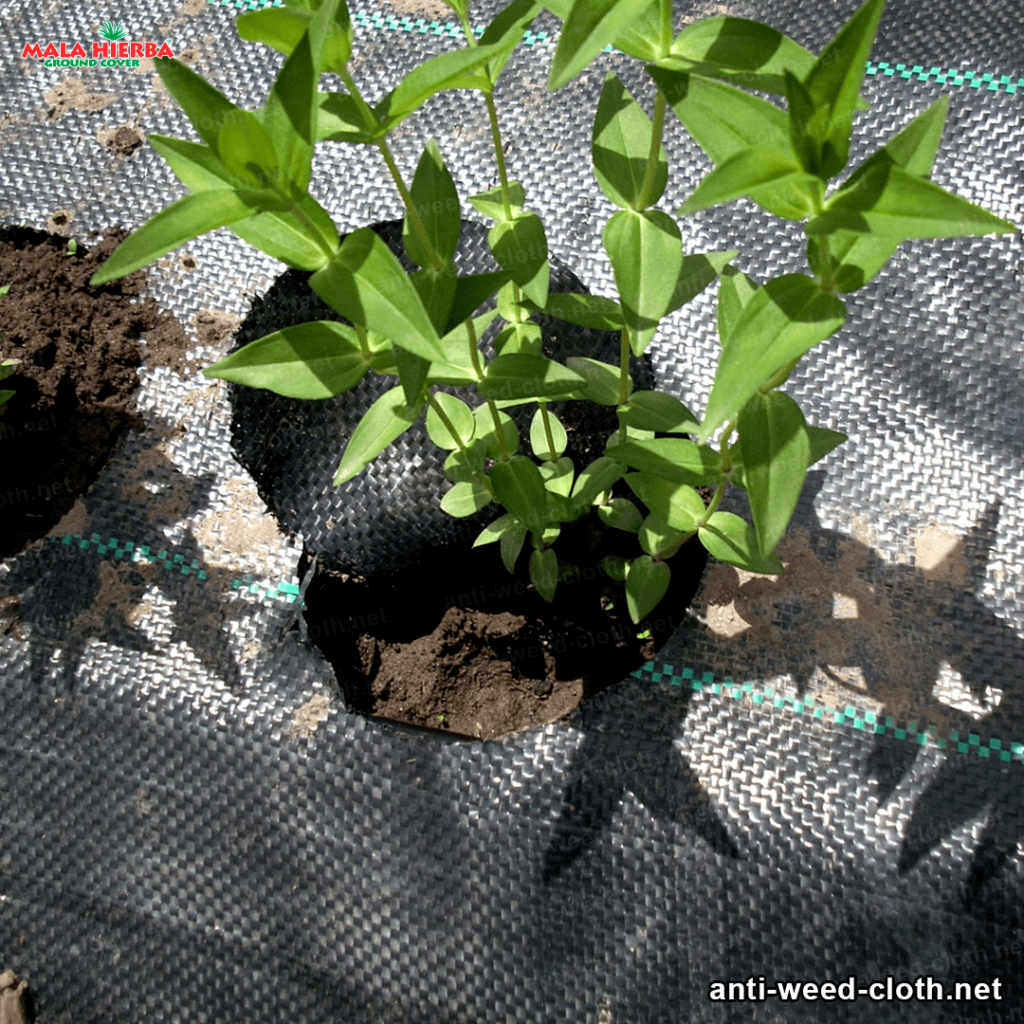
Similarly, chemical herbicides can be expensive and may not be as effective as desired.
Finally, the use of anti-weed cloth is much more environmentally friendly. Unlike chemical herbicides, the fabric does not enter the soil or water supply and does not have any adverse effects on the environment. Additionally, it can help to reduce soil erosion and compaction. As it prevents the soil from being disturb by the roots of weeds. This can help to maintain the fertility of the soil, allowing the crop to continue to produce healthy yields. In recent years, the use of anti-weed cloth has become increasingly popular among farmers. This is due to the numerous advantages it offers. Such as its cost-effectiveness, effectiveness in controlling weed growth, and its environmental benefits.
In addition, the fabric is relatively easy to install and can be used in many different crop types, making it a versatile and useful solution for farmers. Overall, anti-weed cloth is becoming increasingly popular among farmers due to its numerous advantages. It is a cost-effective solution that is more effective than manual weeding or chemical herbicides in controlling weed growth. Additionally, it is much more environmentally friendly than chemical herbicides, and it can help to maintain the fertility of the soil. For these reasons, it is an increasingly popular solution for farmers who are looking for a more effective way of controlling the growth of weeds in their crops.
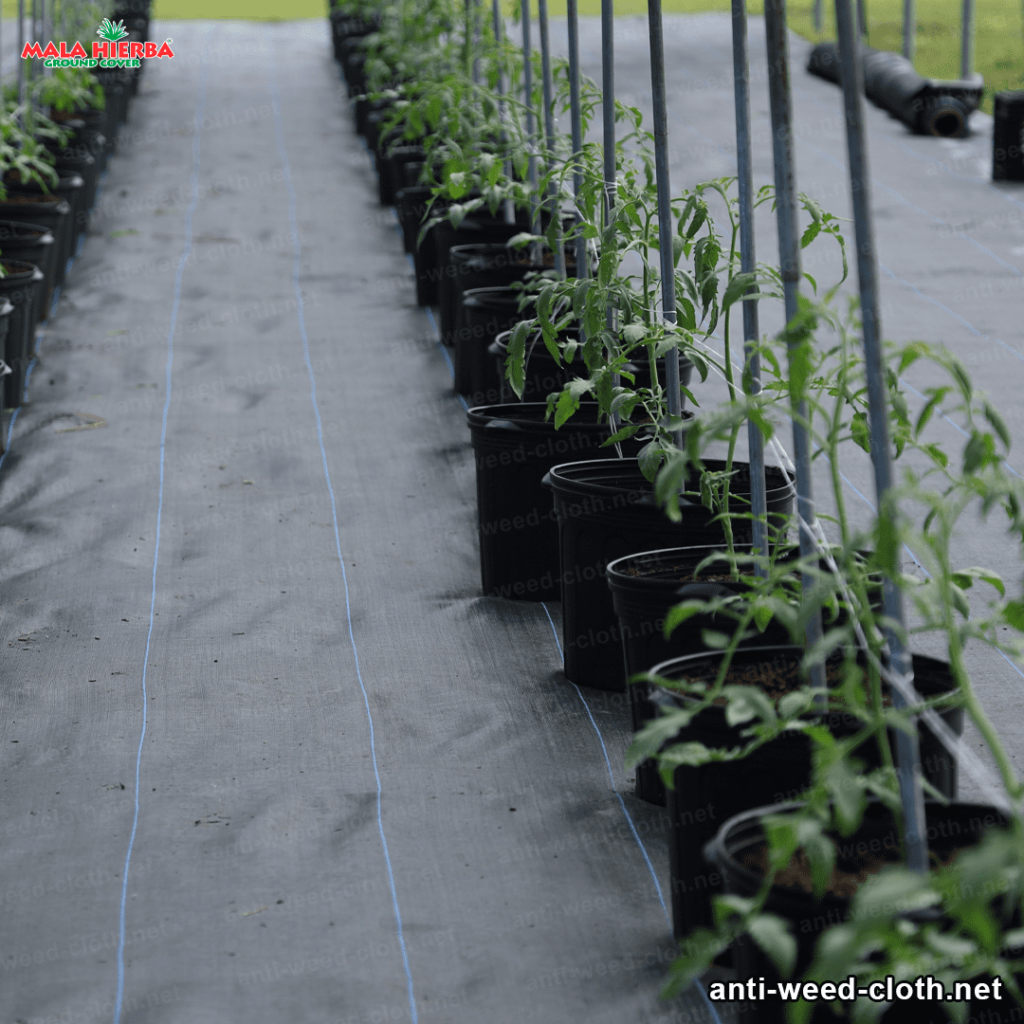
Advantages of the anti-weed cloth
Weed control is a crucial part of maintaining a healthy lawn or garden. Weeds are not only unsightly, but they can also compete with your desired plants for nutrients and water, leading to stunted growth and decreased yields. One of the most effective and efficient ways to control weeds is by using an anti-weed cloth. This material is a great addition to any garden or lawn, as it offers many benefits to the homeowner. An anti-weed cloth is made of a durable, permeable material that effectively blocks light from reaching the soil beneath. This prevents weeds from receiving the sunlight they need to germinate and grow. The fabric also prevents weed seeds from being blow by the wind, which means that the weeds won’t sprout in the first place.
The fabric also inhibits the growth of existing weeds, since it blocks water and nutrients from reaching them. This, in turn, helps to eliminate existing weeds, as well as preventing new ones from growing. In addition to preventing weeds from growing, an anti-weed cloth also helps to improve the overall health of your soil. Since the fabric blocks out sunlight and prevents weeds from growing, it allows moisture to penetrate the soil more deeply. This helps to promote healthy root growth in your desired plants, as well as overall improved soil fertility. Aside from helping to improve the health of your soil, an anti-weed cloth also helps to keep your garden or lawn looking neat and tidy. By blocking out light, the fabric prevents weeds from growing and spreading throughout your lawn or garden. This helps to keep your garden or lawn looking neat and free of unsightly weeds.
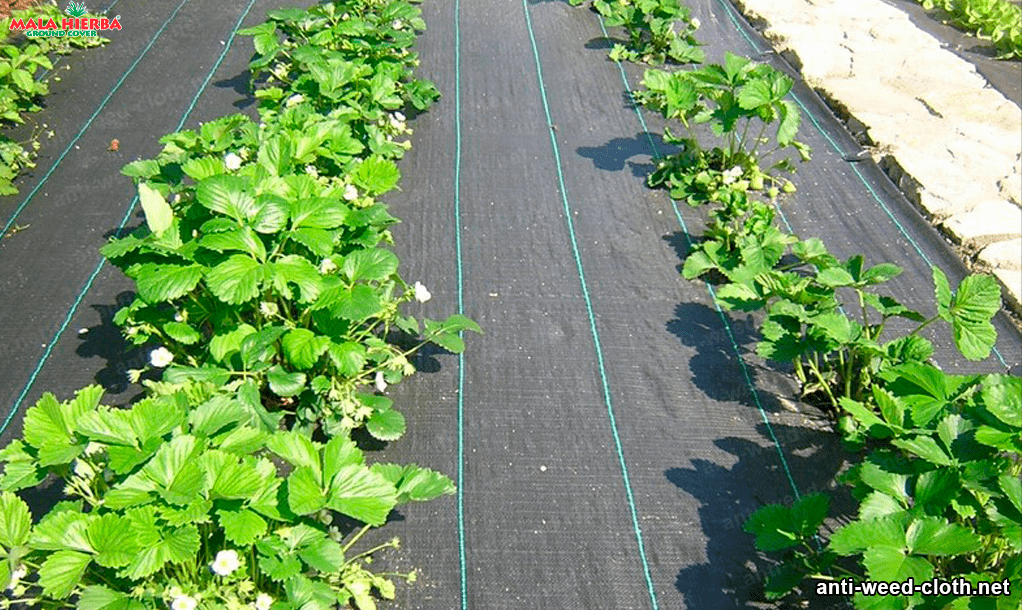
Finally, an anti-weed cloth is also an economical solution for weed control.
Since the fabric is permeable, it allows water and nutrients to pass through while still blocking out light. This means that you won’t need to use additional chemical herbicides, which can be expensive and potentially damaging to the environment. The cost of the fabric is generally much lower than the cost of herbicides, making it a great option for those on a budget.
In conclusion, an anti-weed cloth is an effective and economical solution for weed control. It blocks out light, preventing weeds from growing, while also allowing water and nutrients to penetrate the soil. This helps to improve the health of your soil, as well as keeping your lawn or garden looking neat and tidy. The fabric is also much less expensive than chemical herbicides, making it a great option for those looking for an economical weed control solution.
